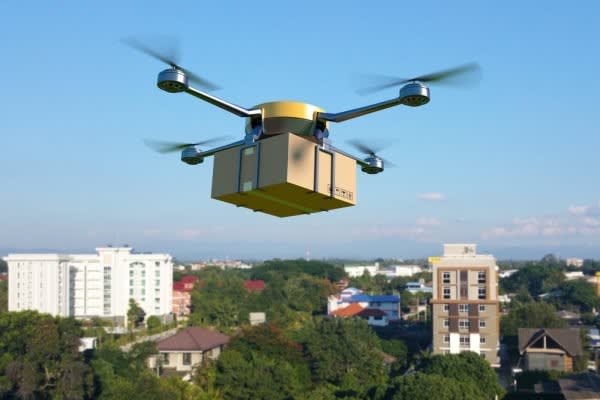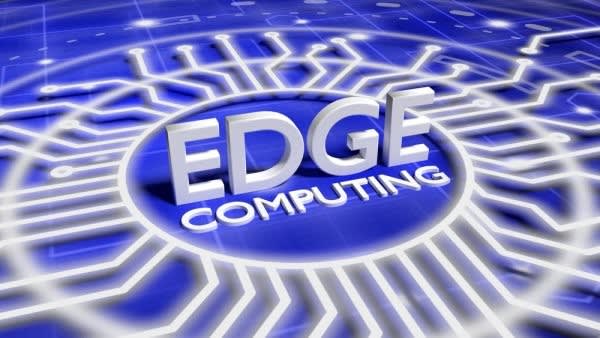8 Tech Megatrends, a Layman’s Guide
Follow articleHow do you feel about this article? Help us to provide better content for you.
Thank you! Your feedback has been received.
There was a problem submitting your feedback, please try again later.
What do you think of this article?
The Big AI
Everyone should have heard of the term AI by now, or in its longer form, Artificial Intelligence, this has been the subject of science fiction movies and books for decades. Basically, it’s a collection of software algorithms that perform actions that generally require the human intelligence interface. Typically, these are actions like making decisions, recognising voices, visual perception and translating languages.
The term AI encompasses lots of different directives, one being machine learning, which focuses on the development of programs that can teach themselves to understand, reason, learn, plan, and perform actions when they are exposed to new data stimuli. When combined with the massive growth in Robotics, where, already there are humanoid robots that can communicate and learn from human interaction it’s a scary concept indeed.
A Reality that’s Augmented
The roots of AR can be traced back to 1968, when Ivan Sutherland developed the first head mounted display system through the 90’s when the term Augmented Reality was first coined and beyond. Essentially, it’s a digital overlay of information and visual data over a live image of the physical world to help improve the task at hand. This could be displaying a product such as a DC motor in its desired location, or perhaps as part of a video game. The process of augmentation is performed by various technologies, such as cameras to examine and judge the location of the user along with GPS, to the tablet/mobile device used to demonstrate the augmented version overlay. A very useful technology which is bound to flourish over the coming years in many business and leisure sectors.
Droning on
The term ‘drone’ brings to mind a heavily armed remote-controlled military grade device, or perhaps a smaller quad-copter item armed only with a camera. Essentially, drones are unmanned vehicles that move without a human pilot on board. Drones can either operate to a predetermined plan that has been programmed before, or they can be controlled remotely. Amazon and UPS have been experimenting with a drone delivery system, if such a thing were to take off (pardon the pun), how long before we see those drones being hijacked for their payload or falling from the sky and injuring someone? Suffice to say, drones are here to stay and it will be interesting to see where the technology goes. A quick visit to YouTube reveals experimental passenger carrying drones and concept vehicles.
That Blockchain word again…
The term ‘Blockchain’ seems to be everywhere at the moment, roughly, blockchain is a shared electronic ledger that incorporates very clever software to record and monitor transactions. All of these transactions and events are then shared between all of the parties connected to the same blockchain, and the information once entered, can’t be altered. The technology has the potential to change many industries, with possible applications in government, healthcare, distribution and much more besides. However, many of the technologies behind blockchain at the moment are immature and unregulated, so be careful before venturing down that path. Time will most remedy the conundrum currently surrounding blockchain, it’s certainly not simple to apply for everyone.
Internet of Everything, so it seems
The IoT and the IIoT are acronyms you will find are being referenced to just about everywhere. Simply explained, it’s a network of devices such as motors, production line robots, etc. that are embedded with sensors, software, computing and networking ability. All of these connected devices can collect and exchange data over the Internet, Bluetooth and NFC if close enough, enabling them to be remotely monitored or controlled. The Internet of Things helps create a digital twin of the real-world device it is relaying information from, responding to changes and providing valuable performance data. This data can be used for numerous purposes, from a printer ordering its own supplies, to a motor buried within a production line sending a heads up that one of its bearings is failing. It’s said the many billions of devices will be connected by 2020, in all walks of life so there certainly seems to be no escaping the march of the Internet of Things.
Robot Overlords
Robots have been present in manufacturing for many decades, constantly improving and evolving and slowly replacing their human counterparts and now, working in tandem with the IIoT. The dawning of the intelligent ‘dark factory’ is here, machines that control machines and even organise their own maintenance are on the rise. Is there a place for all the displaced employees that seems destined to occur? Time will tell in that regard, for example, humanity will still need to repair these robots…for now. The internet is awash with robotic constructs, some scarily realistic, able, in some part, to hold conversations and learn from their interaction with humanity. Coupled with artificial intelligence, Professor Stephen Hawkins has expressed a fear that we may be on the verge of creating our own eventual demise if we are not very careful. Wise words.
Close to the Edge
Along with the massive growth of the Internet of Things that we glanced at above, Edge computing is a term that is bound to crop up more and more in the coming years. Edge computing allows data produced by IoT connected devices to be processed adjacent to where the data is captured, instead of sending it down sprawling networks to storage platforms to be dealt with later. The Edge consists of a network of micro-data centers that process this information locally before sending it to a central data center or cloud. Processing data closer to the edge of the IoT network allows organisations to analyse and interpret gathered data in as close to real-time as possible. Real-time processing reduces latency and can help accelerate the response time of many time-valuable organisations, including finance, manufacturing, healthcare, telecoms and many more.
It’s a Virtual Reality
Essentially, VR is a computer-generated simulation of a complete environment that viewers can interact with. Users will require a headset, such as Oculus Rift or similar to engage with VR and if they fancy a more involved journey suits are being created for a truly immersive experience. Moving forward we can expect that mixed reality, the combining of AR and VR, to become to the fore over the coming years, these two together is an obvious progression with lots of potential applications in many sectors.
Once again Science Fiction delivers a taste of the future, Ready Player One, a novel by Ernest Cline, has been turned into a movie and will soon be screening in the cinemas. This movie paints a dystopian future where people can live out their fantasies, or maybe the only real existence they can grasp, within a virtual world, certainly one to watch.









